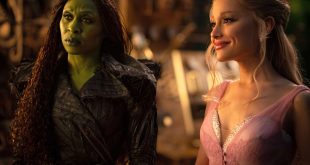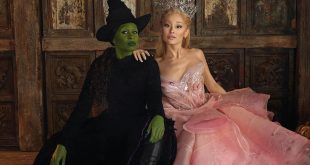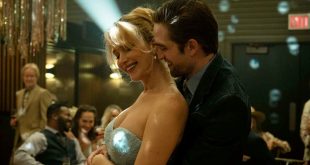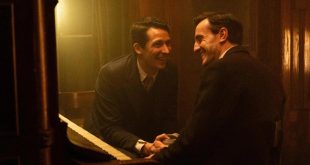On a recent trip to Los Angeles, I had the privilege of visiting Lola VFX studio where I witnessed firsthand the de-aging process used in film; a “pod” a machine using algorithms to “analyze and manipulate the actor’s facial features, skin texture and other visual elements”; a remarkable, painless tool that was orchestrated to perfection in “Indiana Jones and the Dial of Destiny”.
Iconic Harrison Ford champions octogenarians with his hearty temerity, curmudgeonly charm, legendary intelligence as “Henry Jones Jr.” (Sean Connery played his father in “The Last Crusade”). Director James Mangold with intrepid chutzpah fills the film with flashbacks and updated scenes of “Indy’s” outrageous exploits, outlandishly surreal, and often uproariously funny; commencing with an aged Indy riding a horse down 59th Street in New York, eventually ditching him in the subway. It is 1969 and Indy is still dueling with nefarious Nazis; Mads Mikkelsen is oily, obnoxious “Jurgen Voller” the penultimate holdover from Hitler’s regime; Mikkelsen, an actor’s actor soars as the detested brigand. The female lead Phoebe Walter-Bridge is pugnaciously undaunted as “Helena Shaw” Indy’s archeologist goddaughter (Toby Jones depicts “Basil Shaw”, her father) and partner, questing Greek Mathematician Archimedes (287 BC-212 BC) “dial of destiny”, a real piece called the Antikythera (residing in the National Archaeological Museum of Athens); its focus, the cognitive spine of the film.
Reminiscent poignancy pulsates throughout the “Dial of Destiny”, especially Ford’s engrained, dignified portrayal of a man of archetypal integrity, regardless of age he exemplifies insurmountable strength in the beauty of his every facial fissure, paunchy center, cocky attire, venerable fedora. But despite the number, when he smiles, time’s vagrancies evaporate, and “eternal sunshine” and youth prevail.
THREE & ½ STARS
 Peneflix MOVIE REVIEWS BY PENEFLIX
Peneflix MOVIE REVIEWS BY PENEFLIX





